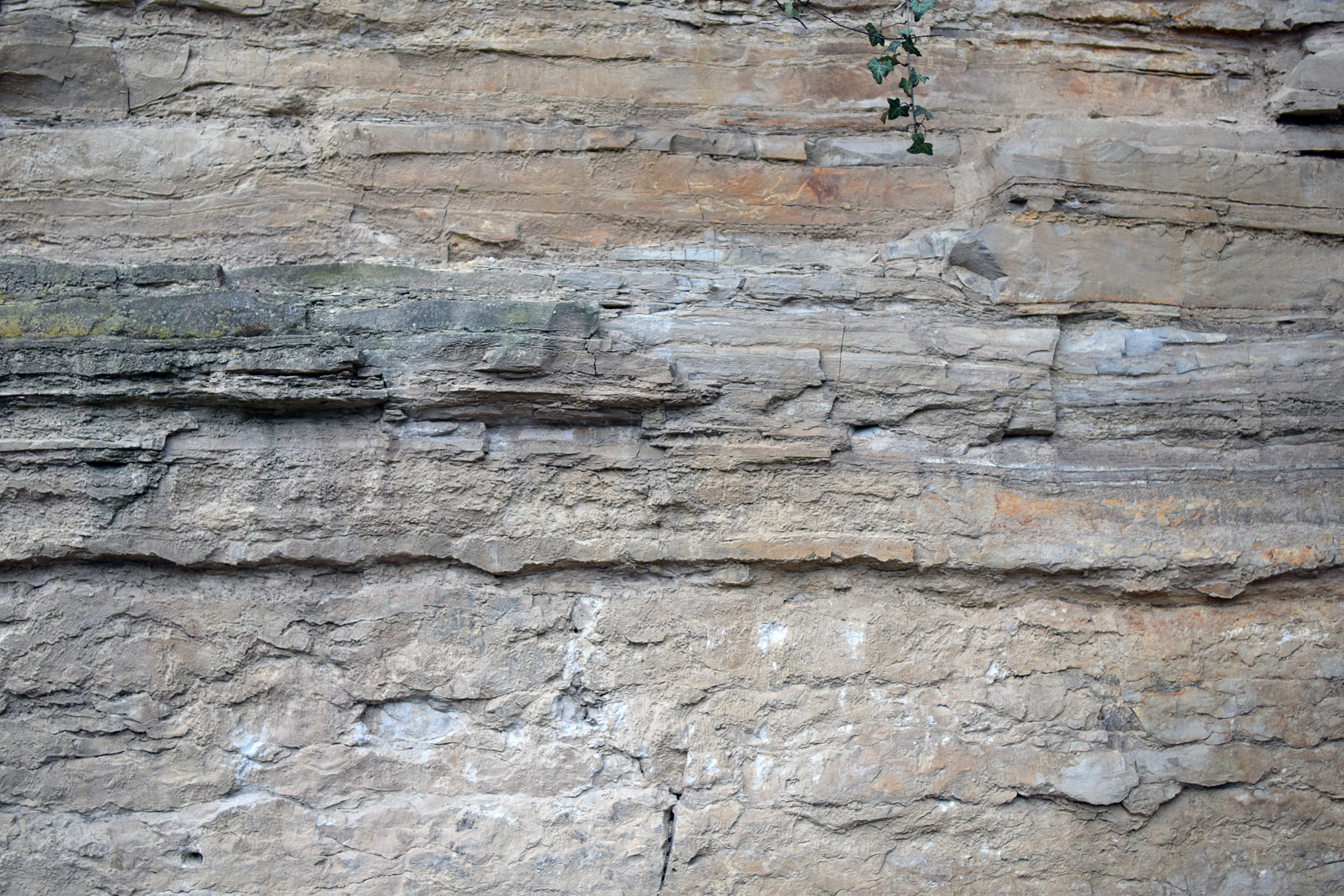The challenge
Thin beds mostly are at or below seismic resolution, making it difficult to apply reservoir characterization methods based on seismic data. Tuning effects and poor data resolution can make it difficult to identify thickness variations.
Exploration risk
There is little that can be done until well data penetrating the formation gives some initial knowledge regarding rock characteristics, fluid types and other information to assess the commercial viability of a discovery. A drill stem test (DST) can give important clues as to the ability of the formation to flow, but these insights are limited to the area surrounding the wells.
Production
Once production is underway and more wells have yielded information and logged production flows over a period of time, the power of ensemble-based modelling can work at generating models that fit simultaneously both the subsurface data provided by the geoscientists and match the history of production from the different wells.

Insights
This has often revealed unequal flow patterns that can be traced back to flow restrictions within the formation with a certain amount of detail. It may not be possible to assess positively whether the source of obstruction is a variation in bed thickness or an area of lower permeability but the location of the lower-quality reservoir will emerge, providing critical information to inform future drilling plans.
